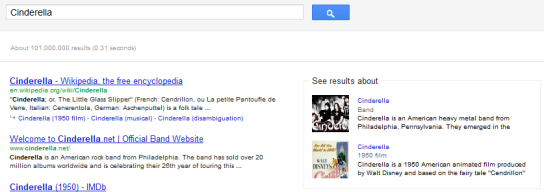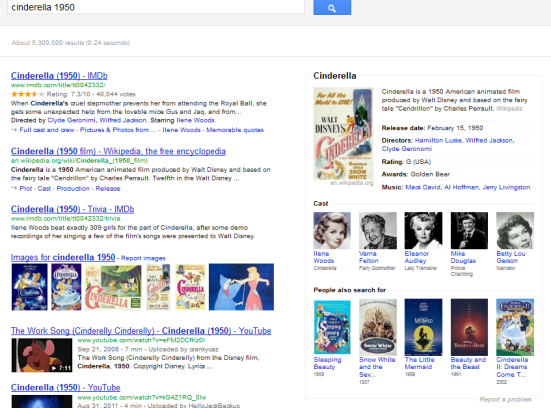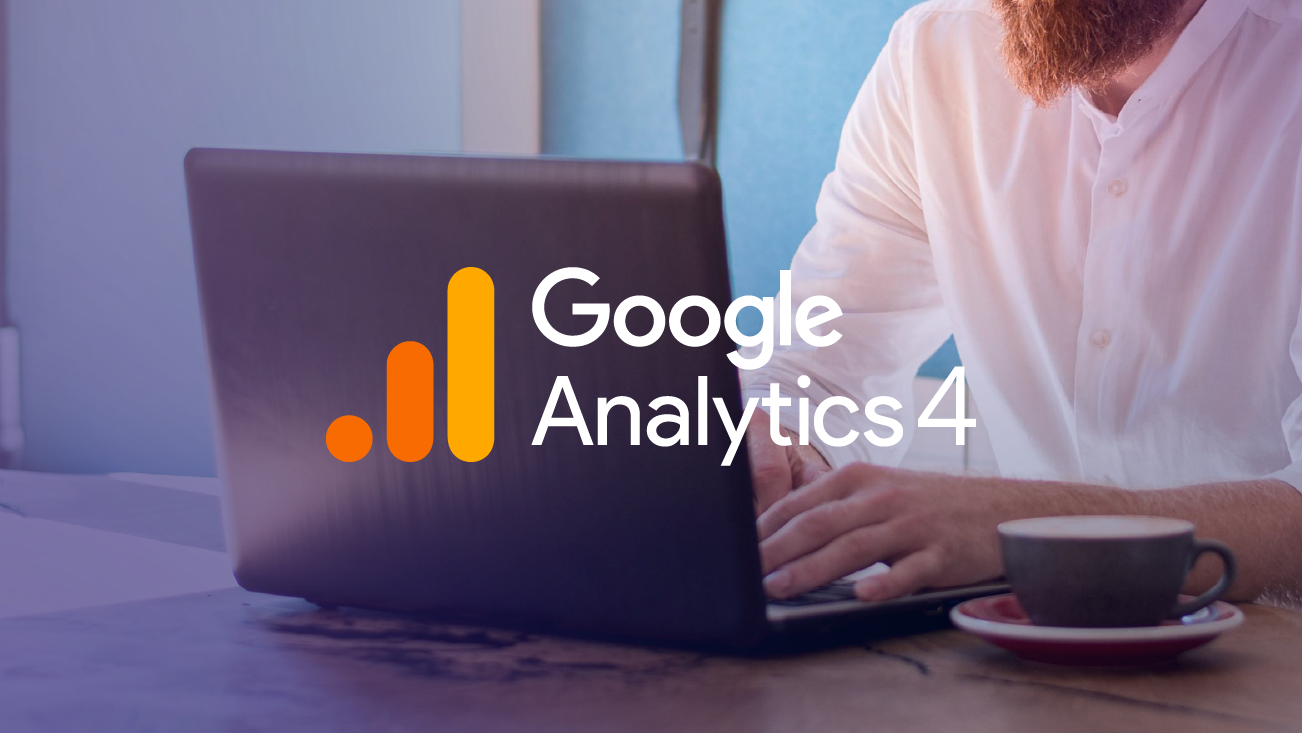Making Sense Of Google’s “Knowledge Graph”
There’s a good chance you’ve heard of Google’s release of its most recent major innovation to search, the “Knowledge Graph.” Announced last week, the knowledge graph is an interconnected semantic web of data, and Google will now display relevant pieces of it in response to certain search queries to help users “discover new information quickly and easily.”
When I first learned of this new development, I had quite a few questions. What do the Knowledge Graph snippets look like? When do the snippets show up? Where does the data come from? Why is Google doing this? Who cares? So I decided to find the answers… and share them with you.
What do the Knowledge Graph snippets look like?


When there are multiple meanings for a search query, Google may offer a choice, as in the first example. The specific types of information that are displayed in the Knowledge Graph snippets vary from query to query and certainly seem a bit random first. In many cases, Google does utilize the same snippet formats for certain groups of queries, but the specific information displayed may still vary. Google certainly displays relevant information types that people commonly search for. In particular, note the “People also search for” section.
When do the Knowledge Graph snippets show up?
According to Google, the following applies (for now) regarding when the snippets might be displayed:
- Only queries that are a “person, place, or thing” for…
- English-based users in the U.S. will trigger the snippets.
- This specifically includes, but is not limited to, queries involving a “book, movie, sports team, location, dog breed, roller coaster, or famous person”.
- However “companies, video games, and cars” are currently specifically excluded.
From what I can tell, the Snippets will also only show up for:
- Concrete nouns – as opposed to abstract nouns, or verbs, adjectives, pronouns, prepositions, etc…
- Major “head” key phrases – for example the query “Earth” triggers the snippets, but the query “Earth pictures” does not. The long tail does not apply here.
Where does the data come from?
According to Google, the Knowledge Graph is derived from an enormous pool of diverse data sources. Google literature has specifically made mention of the following:
- Wikipedia
- Freebase – incidentally acquired by Google nearly 2 years ago, and also the only source in this list linked to in Google’s own literature about the Knowledge Graph.
- Subject-specific sources such as Weather Underground, World Bank, and CIA World Factbook.
- Google’s own immense stores of search data.
Why is Google doing this?
Well, I have a few theories:
- Google wants to flex its muscles. Take that Bing!
- Google is playing around with what to do with that real estate on the right.
- Google continues to stay committed to improving its core product by evolving its search capabilities beyond mere recognition of “strings” of characters and into understanding of concepts (“things”) and semantics.
- Google wants to increase time spent on Google. Consider the following:
- Google is competitive with Facebook in most categories, but is being completely destroyed when it comes to how many total minutes are spent on Google versus Facebook.
- The information in the Knowledge Graph snippet alone will cause most search to spend a few extra seconds reading.
- Nearly all the links inside the Knowledge Graph snippet are to Google queries featuring Knowledge Graph snippets. This provides cause for people to become stuck in the Google loop.
- I’ll bet you everything in my pocket that there will be a huge increase in average time spent on site for queries involving Knowledge Graph versus queries not involving Knowledge Graph.
Who Cares?
You should care if you:
- want to predict the future of search.
- spend a substantial part of your average work day doing SEO.
- work in SEO with the following: “book, movie, sports team, location, dog breed, roller coaster, or famous person”. Or any major head key phrases that are nouns.
- have a vested interest in mobile search. The Knowledge Graph snippets are displayed slightly differently (and more prominently) in mobile and tablets – specifically for Android 2.2+ and IOS4+.
- are a nerd.
How can I learn more?
I got your back.
Resources from Google
- http://insidesearch.blogspot.com/2012/05/knowledge-graph-for-mobile-and-tablet.html
- http://googleblog.blogspot.com/2012/05/introducing-knowledge-graph-things-not.html The “Official Blog announcement”
- http://www.google.com/insidesearch/features/search/knowledge.html “product page”
- http://support.google.com/websearch/bin/answer.py?hl=en&answer=2620861 Answers what you might see from knowledge graph and when you’ll see it.
Other Good Resources:
- http://news.cnet.com/8301-1023_3-57435114-93/google-bringing-new-smarts-to-search-with-knowledge-graph/ is a nice general overview with a helpful image slideshow in the middle.
- http://searchengineland.com/google-launches-knowledge-graph-121585 is a solid analysis by SEO expert Danny Sullivan.
Nerd Notes
Also below are some random musings from a certain SEO geek on the matter.
- Wikipedia data shows up a lot. The flames of Google’s love affair with Wikipedia continue to roar.
- I have yet to see any ads on knowledge base articles. I’m just guessing, but I doubt this will last. I have read that the ads already exist. I wonder if they will incorporate sponsored results directly into the snippets?
- I’m very curious to see how and if Google is utilizing “rich snippets”- microdata, microformats, and RDFa – to assist in the Knowledge Graph. There appears to be plenty of conjecture, but no definitive statements yet. Personally, I would be surprised to see the rich snippets completely ignored here.
- Knowledge Graph data is being integrated into Google Docs via the optional “research pane”.
- I think the incorporation of the Knowledge Graph snippets will work to Google’s advantage. It’s a helpful and interesting feature already. Further, the ability for the Knowledge Graph to increase time spent on site can be very lucrative, as long as Google can manage to smoothly incorporate advertisements and quality snippets without upsetting users. Certainly, Google’s first priority is ensuring users’ smooth adoption of the Knowledge Graph.
- “The people also search for” section is fun to play around with. Boy, would I love to get a hold of the raw data used for that feature.
- Expect a noticeable impact on the search volume trends for many search terms influenced by the Knowledge Graph snippets.
- It’s really, really worth playing around on Google with queries related to your website(s). You may find some interesting discoveries that you could take advantage of, and it will help you understand how and when Google incorporating the knowledge graph into search.
- It is interesting to note what happens when there is a choice for “See results about”. Example: search “cats”, then click on “cat” the animal, and note that Google automatically queries “all about cats.” As you can see, such default queries could really benefit the pages that happened to be optimizing those longer tail terms.
- For a while now, search has been becoming less about the matching of words and more about matching the predicted meaning of the searchers queries with what the content of a web page/site means. I believe the Knowledge Graph is a distinct milestone in this evolution.
- For a while now, thriving search engine optimization firms have been focusing less on the matching of words on the pages and anchor text with high volume queries and focusing more on delivering content that people want. I believe the Knowledge Graph represents a distinct milestone in this evolution as well.


